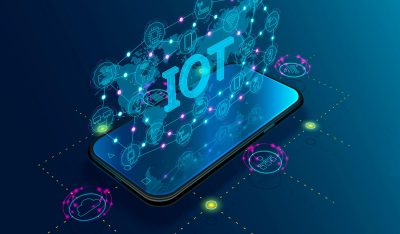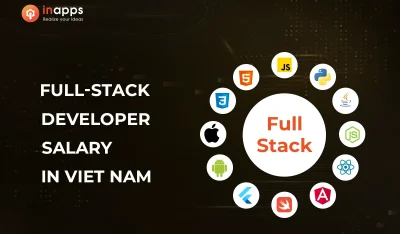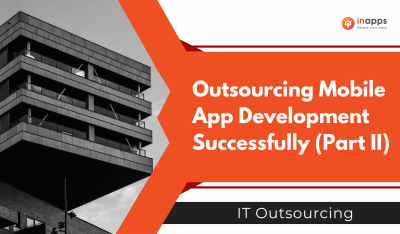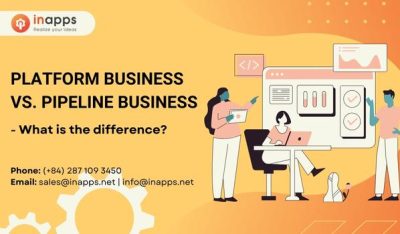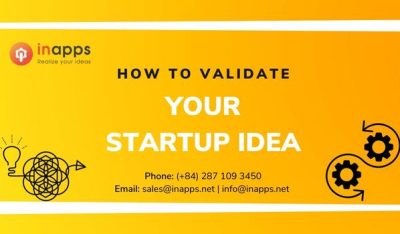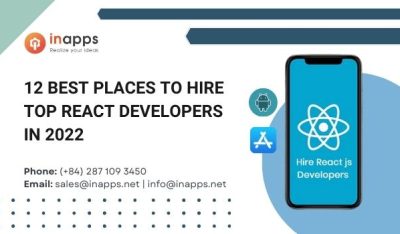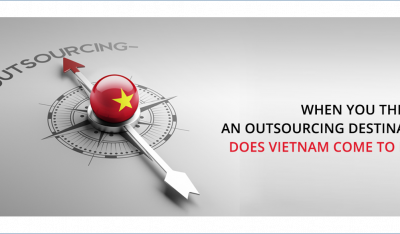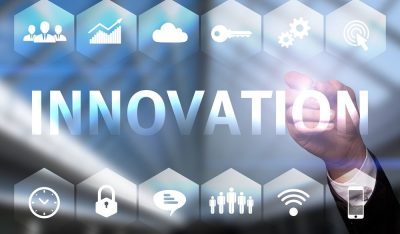- Home
- >
- IT Business
- >
- Comparing Pipeline business vs Platform business. Which one is for you?
What is a Platform Business? What is a Pipeline Business? How are pipeline business vs platform business different?
Do you remember how Apple’s iPhone exploded onto the mobile phone view and commenced eating up all the market share by using the platform power and leveraging the fresh platform rules of the plan?
With Platform, businesses become great consumers and producers and unite in hefty value exchanges. Data and synergies bring up value and competing benefits. Apple created value by providing benefits to developers with app users.
We can refer to this as a middle aspect of platform strategy. Apple has built a platform business within its firm and delivered various lessons to learn for companies over industries.
Our main purpose here is to explain what is pipeline business vs platform business. Platforms are booming now and knowing well what turns them to succeed this high can assist entrepreneurs of business in catalyzing growth.
Key Summary
Platform vs. Pipeline Business Model
- Pipeline Business: Produces value upstream and delivers it downstream in a linear flow (e.g., manufacturing, traditional retail, TV channels). Examples include e-commerce stores like Zappos and single-user SaaS.
- Platform Business: Builds ecosystems where users (producers and consumers) interact to create value (e.g., YouTube, Skillshare). Platforms leverage network effects, reducing transaction costs and fostering external innovation.
Key Characteristics of Platforms
- Network Effects: Value increases as more users join (e.g., more Airbnb hosts attract more guests).
- Scalability: Technology enables platforms to grow beyond traditional business limits.
- No Direct Inventory: Platforms like Uber and Amazon don’t own cars or most products but connect users to resources.
- Community-Driven: Users create content or services (e.g., YouTube videos, Etsy listings).
Examples of Platform Businesses
- Airbnb: Connects hosts with guests, offering affordable, local lodging without owning properties.
- Why It Works: Provides variety, affordability, and a user-driven ecosystem.
- Uber: Links drivers with riders, offering flexible schedules and digital payments without owning vehicles.
- Why It Works: Safe, modern, and driver-friendly with features like live tracking.
- Amazon: Facilitates transactions between sellers and buyers, managing logistics and advertising.
- Why It Works: Massive product variety, Prime subscriptions, and seller fees drive revenue.
Pipeline vs. Platform: Key Differences
- User Acquisition:
- Pipeline: Focuses on converting users (e.g., retail store footfalls).
- Platform: Requires onboarding both producers and consumers to create value (e.g., Flickr’s photos need viewers).
- Product Design:
- Pipeline: Built for consumer use (e.g., online travel agents for booking tickets).
- Platform: Supports both producers (e.g., YouTube video uploads) and consumers (e.g., video viewing).
- Monetization:
- Pipeline: Charges consumers directly based on production costs plus margin.
- Platform: Monetizes through transaction fees (e.g., Airbnb), advertising (e.g., YouTube), or API licensing, often subsidizing one side (e.g., free for consumers).
- Customer Acquisition Cost (CAC) vs. Lifetime Value (LTV):
- Pipeline: Simple pricing based on value delivered.
- Platform: Balances subsidies and charges to ensure traction for both sides.
Why Platforms Matter
Enabled by the internet, platforms disrupt traditional pipeline models by fostering user-driven ecosystems. Even pipeline businesses (e.g., e-commerce with user reviews) adopt platform elements, blending models to enhance interaction and scalability.
What is a Platform Business?
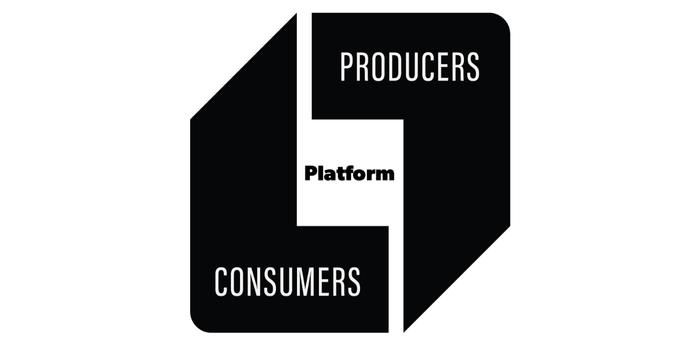
We saw the platform business models with the arrival of the internet. Pipes make and throw the stuff out but platforms are not meant for this. They basically permit users to make and get value. It’s in the hands of the developers to extend platform functionality with APIs.
If we look at the business layer, users can only build some value on the platform for other users to enjoy. This is a hefty transfer from any business form we are familiar with in our industrial hangover.
TV channels have always preferred the pipeline model while YouTube is working on a platform model. The classrooms in the school are working on a pipeline model while Skillshare and Udemy are shifting towards a platform model for educational purposes.
What is a platform business model?
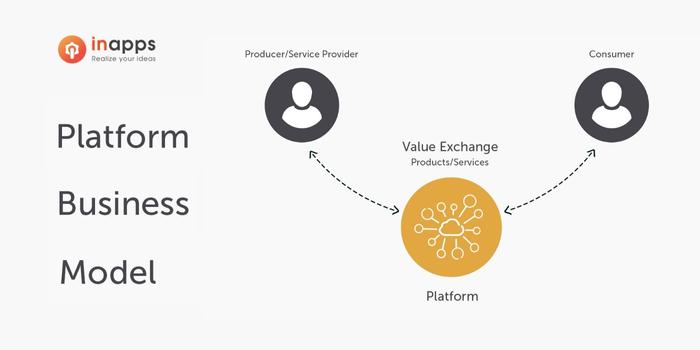
A platform is a business model that makes some value by running exchanges within two or more interdependent.
A platform is a business model that creates value by groups, mainly producers and consumers. So, to let these exchanges happen, platforms offer and build hefty and scalable networks of resources and users that can be obtained when needed.
Besides, platforms design markets and communities with network effects that permit various users to transact and interact.
PLATFORM BUSINESS MODEL DEFINITION: a business model that brings value by running exchanges within two or more interdependent clubs, mainly producers and consumers.
Such as Uber, Facebook, or Alibaba, don’t directly build and manage inventory through a supply chain the way linear businesses work. Platform businesses are known for creating the means of connection, not production.
Successful platforms run their exchanges by deducting transaction costs and starting outside creativity. With technology, these ecosystems help various platforms to rescale in different ways conventional businesses cannot.
Platform Business Model Examples
Want to know how platforms work in everyday life? Astonishingly, you are more well-versed with platforms than you can realize. So, let’s dive more into some platform business model examples that will assist you better in learning.
Airbnb
When you get confused about where to go for a vacation, the initial thing that should come up to your head is to open the Airbnb application. You can search various websites such as Hotels.com or Google to look for places to stay, but preferable is Airbnb nowadays.
Want to know why? Not only it help you live like a local wherever you go, but it is very affordable and gives you a great variety of lodging.

Airbnb has transformed the lodging and hospitality industry from the core. It does not own any property, but it has now become the most famous hotel chain in the industry. Airbnb is now successful due to the great work of its suppliers who are just people like us.
Besides, Airbnb buyers who are guests get lured with Airbnb suppliers, hence promoting an ecosystem that profits both Airbnb and its users.
Uber

You are now aware of Airbnb, Uber works similarly as it does not have its own cars.
Let us explain why. It is way too cheap however offers a much safer and more modern experience. You can pay in a digital model, or share the rides with others, or track your ride and share your live tracking data with anyone you wish to.
Uber drivers also get a variety of benefits they run their driving schedule, have complete access to several bonuses, and can look for passengers wherever they are located, and they don’t have to wait in a crowded place as it all depends on them.
The Uber platform has supported us all and by controlling all the ratings, payments, and dispute resolutions, Uber turns its simple to be both a rider and a driver.
Amazon

Currently, Amazon sells around 12 million products to around 2000 million website visitors monthly. What could be more interesting?
Amazon doesn’t own the massive variety of products displayed on its platform. But, it owns a warehouse space, a bunch of product lines, advertising space, and now transportation fleets.
It mainly sells other companies’ inventory and helps manage transactions between sellers and buyers. Furthermore, Amazon brings a lot of amount through its advertising, prime membership subscriptions, and seller fees.
What is a pipeline business model?
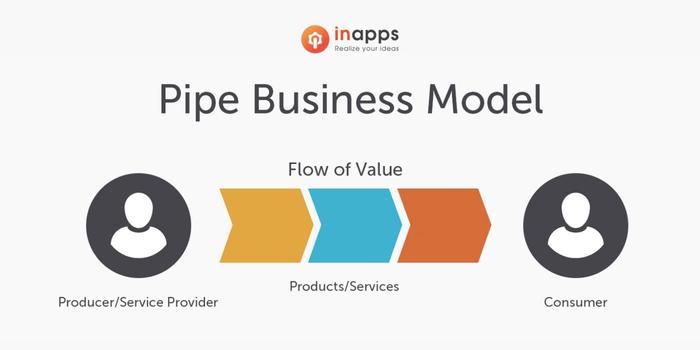
You have known pipes for so long as you have been in the industry. They have dominated the models of business. Firms are responsible for creating something, pushing it out, and selling it to their customers.
They produce value that is upstream and used downstream. The flow is linear, just like water flowing via a pipe.
We are used to pipes and the good that we use mainly comes to us in the form of a pipe only. The manufacturing completely works on a pipe-based model. Radio and television are pipes that lead the flow of content for us.
So, most of the service industry ran on the pipe model also. This model came to the web as well.
E-commerce stores like Zappos and blogs run on a pipeline business model. However, single-user SAAS works on this specific model where the software is made by the business and offered on a pay-as-you-use business model to the ultimate consumer.
Certainly, a business pipeline is the flow of data or basic products, just like a flow of goods from manufacturing, created by demand and supply forces. It has a link between factory-retail store and customers.
Besides, this makes your workflow whenever a product is developed, to a retailer bringing it to the table for the consumers to buy that is a business pipeline. The business pipeline flows and offers all the businesses to all three in various directions; that is why it is called a pipeline.
Pipeline business vs platform business
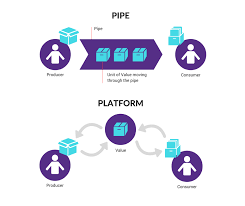
How would you differentiate between pipeline business vs platform business as an entrepreneur? Following is the quick crux of the ways that these business models of developing businesses are distinct from each other.
1. User acquisition:
To let your users onboard is just straightforward for pipes. You need to convert them later for conversion. Suppose you bring footfalls into a retail store and then convert them; online stores are highly centric on letting users in and converting them.
Several platforms frequently have zero value when the initial few users arrive. We know that producers are there to create value for consumers and they upload pictures on platforms like Flickr and product listings on eBay that consumers obtain.
Therefore, there is no value for consumers without producers and vice versa. Besides, platforms have two main challenges: solving the problem to get consumers and producers on board and making sure that producers create some value.
Remember without solving these two challenges, you will not be able to get traffic on your website or downloads for your application with user acquisition. Mainly, startups nowadays fail when developing platforms but use the pipeline model for user acquisition.
So, what is the difference between pipeline business vs platform business that you should learn?
Pipeline thinking: Control your conversion pipelines to flourish.
Platform thinking: Develop some network effects once you optimize your conversions.
2. Product design and management:
Making a pipe is completely different from building a platform for the users. You need to build up with the consumer while making the pipe structure. Suppose an online travel agent is a pipe that permits all the users to make use of airline tickets. Most of the features are created with a certain view to help the consumers obtain and consume airline tickets.
So, a platform needs us to maintain a good relationship with producers and consumers. Building your Airbnb, YouTube, Dribble requires you to develop tools for users such as hosting the video on YouTube, and for the consumers as well such as voting, and viewing the video. Moreover, keeping these two distinct lenses will assist you only in building out the correct characteristics.
The pipeline used is greatly set up and the platforms mainly come through usage. For example, Twitter built several use cases with time and it began as something that permitted you to showcase yourself within all the limitations of around 140 characters, shifted to a platform for imparting and consuming content and news that made a whole fresh model for having the latest topics.
How are pipeline business vs platform business different?
Pipeline thinking: The users interact with the software we make and the product is helpful itself.
Platform thinking: The users interact within themselves by employing software we build and the product has no value unless it is used by the users.
3. Monetization:
Monetization is also straightforward; you can easily measure all the operating costs per unit via a pipe to the end consumer. You ensure that the price is equivalent to the cost added with the margin you have taken.
Certainly, this is an easy solution to the basic art of pricing. However, it takes the fact that the consumer mainly takes value made by the business.
So, on a platform business, monetization is not as straightforward as you think. When the consumers and the producers such as Etsy and Airbnb, one of both have to pay the platform a bit of cost cut, when producers are engaged in making content for their consumers i.e YouTube, the platform would monetize the consumers’ attention with advertising.
However, in a few cases, platforms might license API usage. Furthermore, the economics of the platform is not direct and at least one side is subsidized to take part on the platform. Producers may also be been given incentivized to take part. While for pipes, an easy formula assists to learn monetization.
4. Customer Acquisition Cost (CAC) < Lifetime Value (LTV)
The above formula runs remarkably well for subscription platforms or e-commerce shops. If we talk of platforms, several systems view demands balancing out prices and subsidies and know the traction that is required for the business model to operate.
How are they both different?
Pipe Thinking: They charge their consumers for the value they make.
Platform Thinking: They need to know who is making value and who they charge for that.
Yet, platform thinking refers to all internet businesses. If there was no internet, we would still be experiencing the pipeline model. The internet gave us a great platform and permitted any business to use their properties.
Nowadays, every business on the web is offering some platform properties just like e-commerce stores, blogs, and single-user SAAS operate on pipeline models. They are working with the internet even though they already have components that turn them into a platform.
E-commerce websites have reviews made by users, a wise platform model. While blogs permit discussions and comments with the main focus on the reader.
Wrapping Up on pipeline business vs platform business
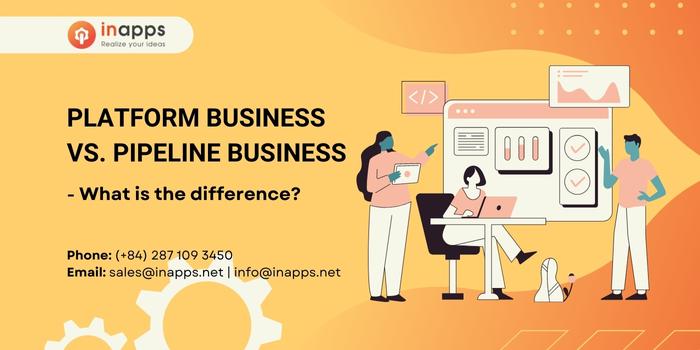
Not every business will turn into a hefty transition like Facebook or Uber, but that doesn’t mean business owners shouldn’t put their efforts into enhancing business efficiency. When implementing platform lessons in your firm, remember that the raised change may have a positive effect.
If you have nothing, just think of how platform best practices could suit your business and assist you in getting opportunities you may not have seen till now.
In case you get stuck, InApps will help you in any scenario.
FAQs
- How can the extensibility of a platform benefit a business?
The extensibility of a platform allows companies to develop and give solutions that meet the requirements beyond the prime product. However, it also permits them to get some creativity to those similar solutions without even risking their work.
- Is Netflix a platform or a pipeline?
Netflix is not a platform business as it’s a linear TV channel that has a modern interface. Just like HBO, it makes and licenses it own content.
- Is Amazon a pipeline or a platform business?
Amazon shifted from a pipe model to a platform-based model. It happened when Amazon came up with its marketplace permitting several external merchants to sell their products through Amazon. So, amazon is a producer but permits others too to make and transact on the platform.
Let’s create the next big thing together!
Coming together is a beginning. Keeping together is progress. Working together is success.





